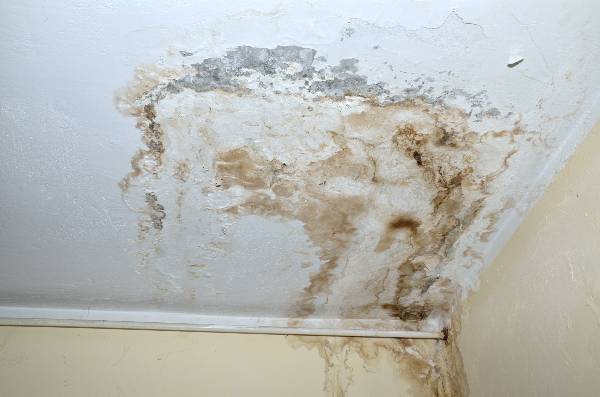Guide To Water Leakage Detection At Home
Guide To Water Leakage Detection At Home
Blog Article
The author is making several good pointers on Hacks to detect leaks as a whole in this great article below.

Early discovery of dripping water lines can reduce a potential disaster. In addition to conserving you money, it will certainly minimize the worry and also irritation. The moment you locate a leakage, calling your plumber for repair work is the best remedy. Nevertheless, some tiny water leakages may not show up. If you can not detect it with your nude eyes, right here are some hacks that aid.
1. Analyze the Water Meter
Checking it is a guaranteed method that aids you uncover leaks. If it moves, that suggests a fast-moving leakage. This suggests you may have a slow leak that might also be below ground.
2. Examine Water Consumption
Evaluate your water expenses as well as track your water usage. As the one paying it, you need to see if there are any discrepancies. If you find sudden changes, regardless of your intake being the same, it implies that you have leakages in your plumbing system. Remember, your water bill need to drop under the exact same array on a monthly basis. An abrupt spike in your expense shows a fast-moving leak.
Meanwhile, a stable boost on a monthly basis, despite having the very same behaviors, shows you have a sluggish leak that's also gradually intensifying. Call a plumber to extensively examine your residential or commercial property, especially if you really feel a warm location on your flooring with piping beneath.
3. Do a Food Coloring Test
When it comes to water intake, 30% comes from bathrooms. If the color in some way infiltrates your bowl throughout that time without flushing, there's a leak in between the storage tank and dish.
4. Asses Exterior Lines
Do not forget to inspect your exterior water lines too. Must water permeate out of the connection, you have a loosened rubber gasket. One tiny leakage can squander heaps of water and surge your water costs.
5. Inspect as well as Examine the Scenario
Property owners must make it a behavior to examine under the sink counters and even inside cupboards for any type of bad odor or mold and mildew development. These two red flags suggest a leak so timely focus is called for. Doing routine evaluations, even bi-annually, can save you from a major problem.
Inspect for stainings as well as compromising as the majority of devices as well as pipes have a life span. If you presume leaking water lines in your plumbing system, don't wait for it to escalate.
Early discovery of leaking water lines can mitigate a possible calamity. Some small water leaks might not be noticeable. Checking it is a surefire method that helps you uncover leakages. One tiny leakage can lose heaps of water as well as spike your water costs.
If you think leaking water lines in your plumbing system, do not wait for it to intensify.
WARNING SIGNS OF WATER LEAKAGE BEHIND THE WALL
PERSISTENT MUSTY ODORS
As water slowly drips from a leaky pipe inside the wall, flooring and sheetrock stay damp and develop an odor similar to wet cardboard. It generates a musty smell that can help you find hidden leaks.
MOLD IN UNUSUAL AREAS
Mold usually grows in wet areas like kitchens, baths and laundry rooms. If you spot the stuff on walls or baseboards in other rooms of the house, it’s a good indicator of undetected water leaks.
STAINS THAT GROW
When mold thrives around a leaky pipe, it sometimes takes hold on the inside surface of the affected wall. A growing stain on otherwise clean sheetrock is often your sign of a hidden plumbing problem.
PEELING OR BUBBLING WALLPAPER / PAINT
This clue is easy to miss in rooms that don’t get much use. When you see wallpaper separating along seams or paint bubbling or flaking off the wall, blame sheetrock that stays wet because of an undetected leak.
BUCKLED CEILINGS AND STAINED FLOORS
If ceilings or floors in bathrooms, kitchens or laundry areas develop structural problems, don’t rule out constant damp inside the walls. Wet sheetrock can affect adjacent framing, flooring and ceilings.
https://www.servicemasterbyzaba.com/blog/how-to-detect-water-leakage-in-walls/

We had been shown that editorial on Detecting hidden plumbing leaks through an acquaintance on our other blog. Enjoyed our piece of writing? Please share it. Let another person discover it. Thank-you for your time spent reading it.
Report this page